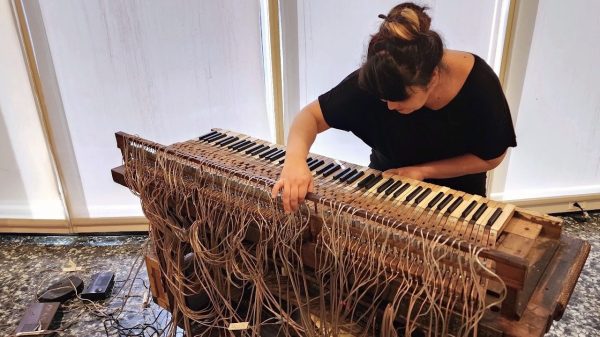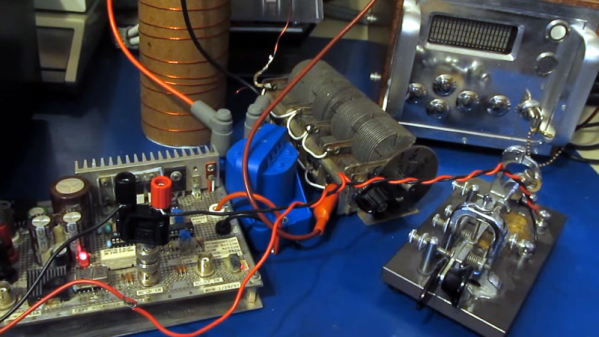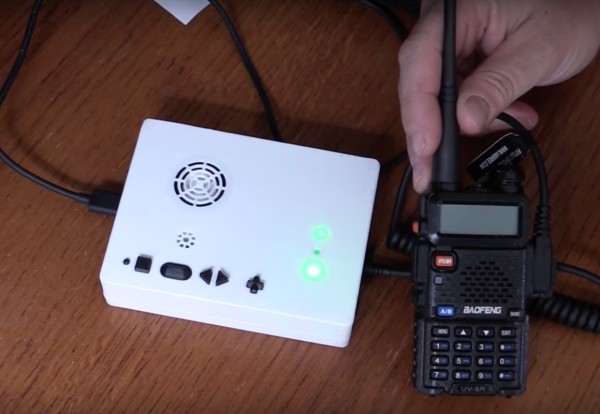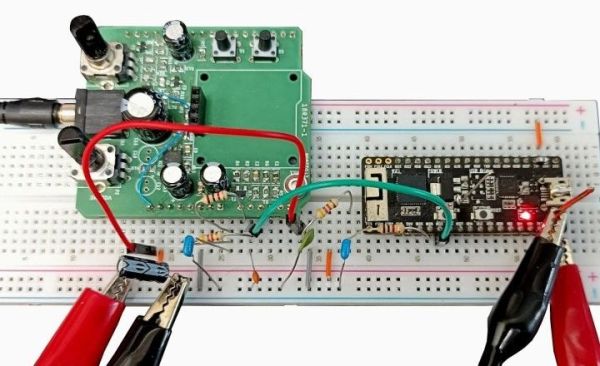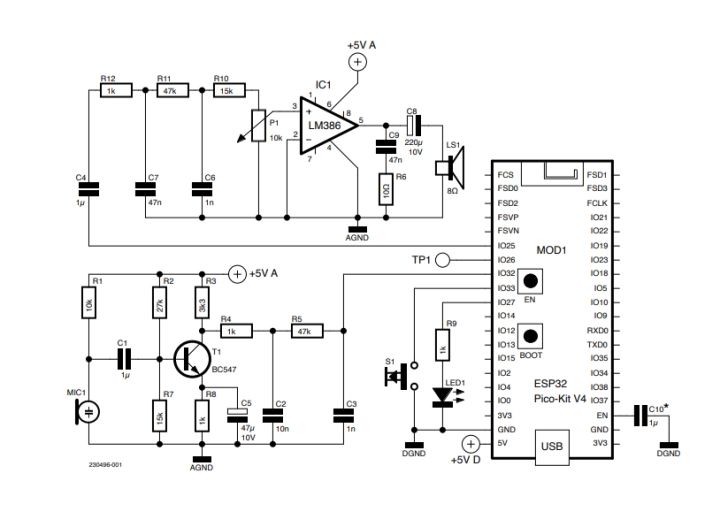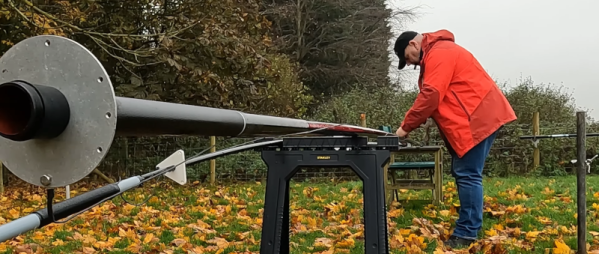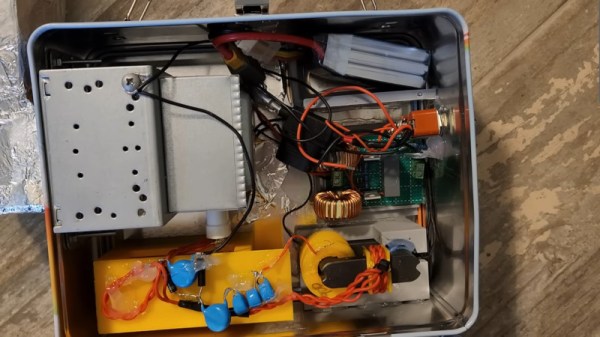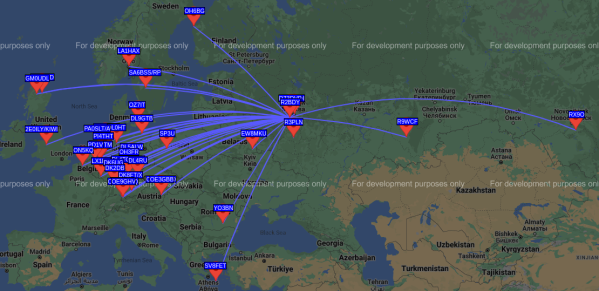Pianos use little hammers striking taut strings to make tones. The Mellotron used lots of individual tape mechanisms. Meanwhile, the Trans-Harmonium from [Emily Francisco] uses an altogether more curious method of generating sound — each key on this keyboard instrument turns on a functional clock radio.
Electrically, there’s not a whole lot going on. The clock radios have their speaker lines cut, which are then rejoined by pressing their relevant key on the keyboard. As per [Emily]’s instructions for displaying the piece, it’s intended that the radio corresponding to C be tuned in to a local classical station. Keys A, B, D, E, F, and G are then to be tuned to other local stations, while the sharps and flats are to be tuned to the spaces in between, providing a dodgy mix of static and almost-there music and conversation.
It’s an interesting art piece that, no matter how well you play it, will probably not net you a Grammy Award. That would be missing the point, though, as it’s more a piece about “Collecting Fragments of Time,” a broader art project of which this piece is a part.
We do love a good art piece, especially those that repurpose old hardware to great aesthetic achievement.
Continue reading “The Trans-Harmonium Is A Strange Kind Of Radio-Musical Instrument”

